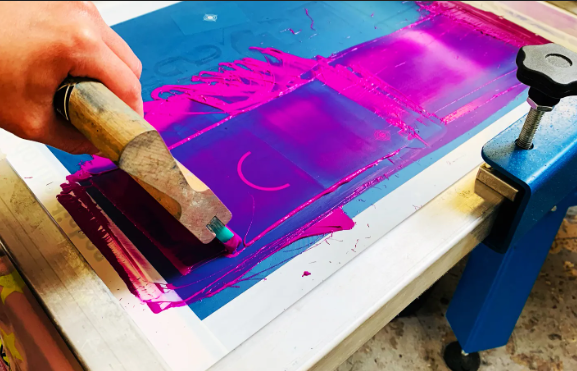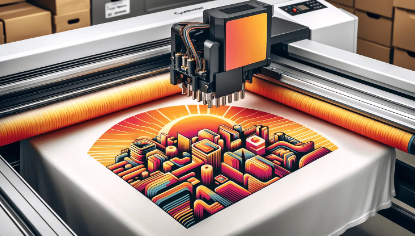
Choosing the Best Fabrics for Screen Printing: Ensuring Long-Lasting and Vibrant Results
Screen printing is a popular and versatile printing technique used to create vibrant designs on various fabrics. One crucial factor that greatly influences the final outcome of a screen printing project is the choice of fabric. Selecting the right fabric ensures long-lasting durability and vibrant results that stand the test of time. In this blog post, we will explore the best types of fabrics for screen printing, considering their characteristics, benefits, and potential challenges. Whether you are a screen printing professional or a novice enthusiast, understanding the fabric options available will empower you to make informed decisions and achieve exceptional results.
Choosing the Best Cotton Fabrics For Screen Printing
Cotton is one of the most widely used fabrics for screen printing, thanks to its versatility and desirable qualities. It absorbs and retains ink well, resulting in vibrant and long-lasting prints. Cotton fabric is known for its softness, breathability, and comfort, making it a popular choice for t-shirts, hoodies, and other apparel items. Additionally, cotton allows for excellent color saturation, enhancing the vibrancy of the printed design. However, it’s essential to note that 100% cotton fabrics may shrink to some extent, so pre-shrinking is recommended before printing.
Polyester Fabrics
Polyester fabrics have gained significant popularity in screen printing due to their durability and moisture-wicking properties. Polyester is resistant to stretching and shrinking, making it an excellent choice for athletic apparel, sportswear, and outdoor garments. When printing on polyester, it’s crucial to use specialized inks formulated for synthetic fabrics. These inks ensure optimal adhesion and prevent color bleeding or fading. Polyester fabrics also have a smoother surface compared to cotton, resulting in sharp and detailed prints.
Blended Fabrics
Blended fabrics, such as cotton-polyester blends, offer the advantages of both cotton and polyester. Combining the softness and breathability of cotton with the durability and wrinkle resistance of polyester, blended fabrics provide a balanced option for screen printing. These fabrics often exhibit improved color fastness and resistance to pilling. It’s recommended to select blends with a higher cotton percentage for better ink absorption and a more natural feel. Careful attention should be given to the specific fabric blend composition to ensure compatibility with the chosen ink and printing process.
Tri-Blend Fabrics
Tri-blend fabrics have gained popularity in recent years due to their luxurious feel and unique texture. Typically composed of cotton, polyester, and rayon, these fabrics offer a soft and lightweight drape. Tri-blend fabrics are an excellent choice for fashion-forward garments and premium-quality prints. However, it’s important to note that the texture and composition of tri-blends can pose challenges during screen printing. Due to the inclusion of rayon, which is a delicate fiber, tri-blend fabrics require specialized inks and careful handling to avoid bleeding or smudging.
Specialty Fabrics
Beyond cotton, polyester, blends, and tri-blends, there is a range of specialty fabrics that can yield exceptional results in screen printing. These fabrics include but are not limited to spandex, nylon, and performance fabrics. Spandex and nylon fabrics are commonly used in activewear, swimwear, and compression garments, requiring specialized inks formulated to adhere to these stretchy materials. Performance fabrics, designed for moisture-wicking and breathability, demand careful consideration of ink compatibility and curing processes to maintain their technical properties.
When it comes to screen printing, selecting the right fabric is crucial for achieving long-lasting and vibrant results. Cotton fabrics offer excellent ink absorption and softness, while polyester fabrics provide durability and moisture -wicking properties. Blended fabrics strike a balance between cotton and polyester, combining their desirable qualities. Tri-blend fabrics offer a luxurious feel but require special attention during the printing process. Additionally, specialty fabrics like spandex, nylon, and performance fabrics open up new possibilities but demand specialized approaches. By understanding the characteristics and considerations associated with each fabric type, screen printing professionals and enthusiasts can make informed choices that lead to outstanding and durable prints. Remember, experimenting, testing, and staying updated on new fabric technologies will further enhance your screen printing journey.








